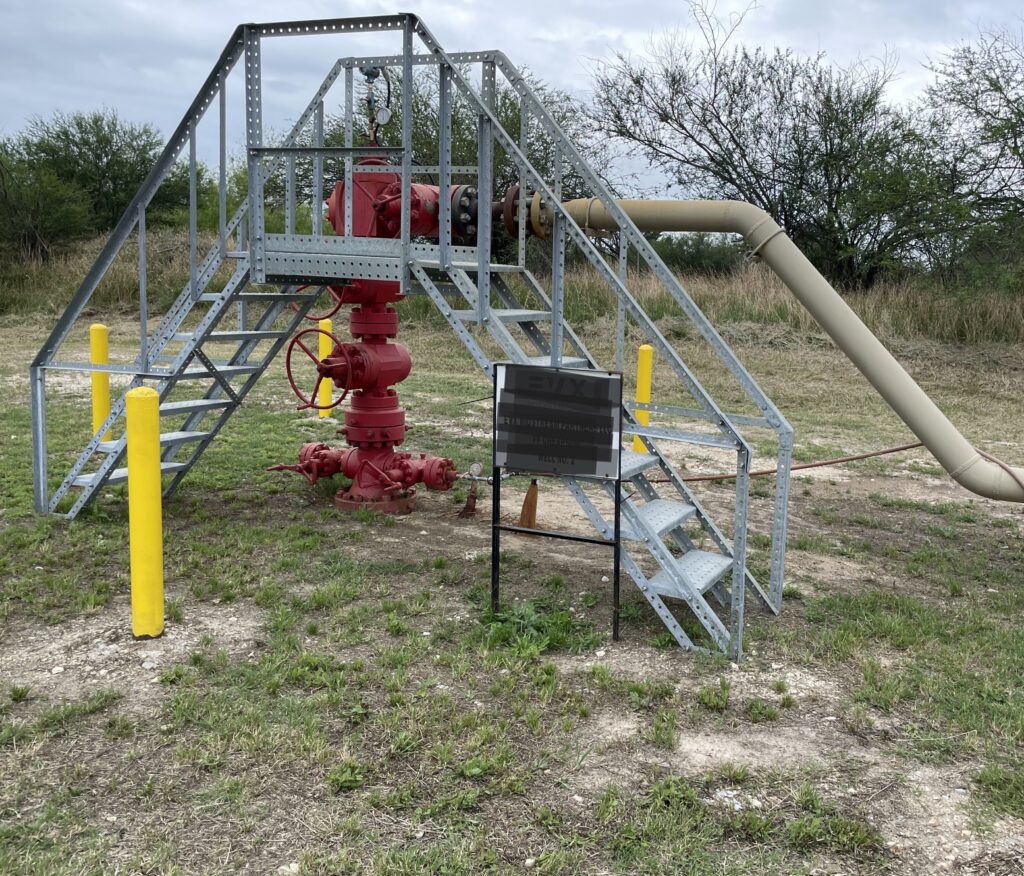Many human activities interact with the water cycle at various phases. They do not necessarily remove water from the cycle, but they do hold volumes of water at various points before returning it. For example, thermoelectric power plants, including those using coal, nuclear fuel, and natural gas to generate electricity, withdraw surface water to cool power plants. Depending on the arrangement of the plant, this cooling water is recirculated within the plant and then returned as heated water to the receiving stream or river.

Drinking water is also a temporary withdrawal, either from reservoirs and rivers at the surface or underground aquifers. Municipalities with dozens to millions of water customers are public water supply systems. Rural populations and individual homesteads may instead receive their water from private wells or cisterns. After use, municipalities collect water with sewage systems. These systems usually include large scale chemical and/or microbial treatment facilities, which return the treated water back to a receiving stream; however, the water typically still contains some elevated levels of contaminants such as nitrates, bacteria and personal care products.
Some consider water to be removed from the water cycle in the emerging case of deep subsurface waste disposal. Operators are injecting produced water from oil and gas production into deep and hydraulically-isolated geologic formations, which will not allow the fluids to migrate to other underground water sources or to the surface. When the injection water is initially drawn from surface or groundwater sources, this water is removed permanently from the water cycle.

Images: “ecological problems” by De Visu via Shutterstock.com; “Injection Well” by J. Veil, Argonne National Laboratory; “Saltwater Disposal Well, Eagle Ford trend, Texas” by Hilary Olson; “Illustration” by Top Energy Training


